Dictionary DICTIONARY
Binder
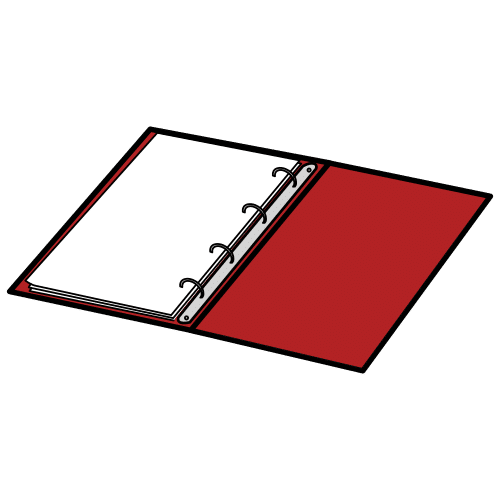
- Spanish word:
-
Encuadernador
Audio:
Dashed line

- Spanish word:
-
Línea discontinua
Audio:
Fortune
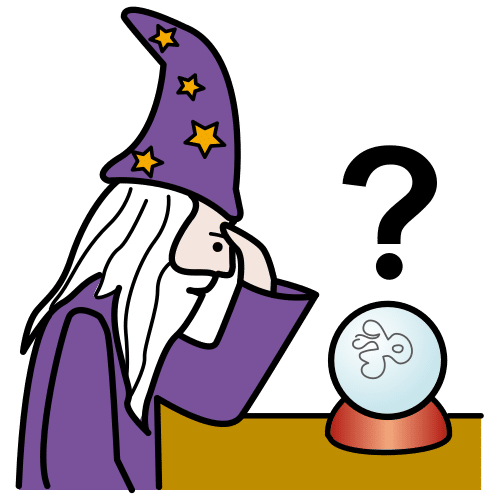
- Spanish word:
-
Suerte, destino, fortuna.
Audio:
Pouffe

- Spanish word:
-
Puf
Audio:

Encuadernador
Audio:

Línea discontinua
Audio:

Suerte, destino, fortuna.
Audio:

Puf
Audio:
 To start reusing objects, we must say the final product we want to do.
To start reusing objects, we must say the final product we want to do.
Also, we need to express our intentions about reusing.
So, let’s learn what verb tense to use for that purpose.
.
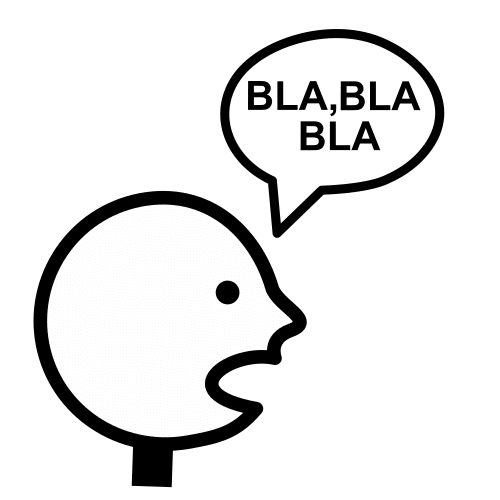 Say what product you are going to make.
Say what product you are going to make. Explain why you want to reuse.
Explain why you want to reuse.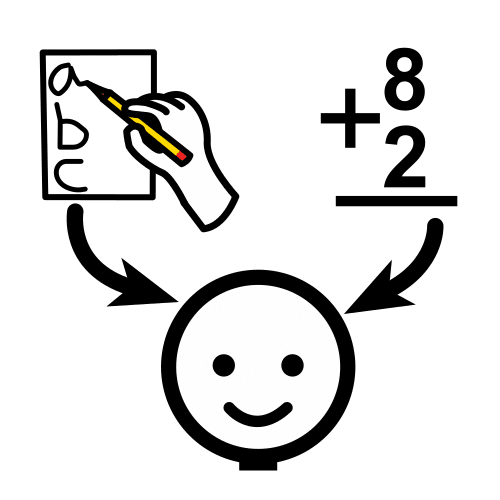 Learn the necessary verb tense.
Learn the necessary verb tense.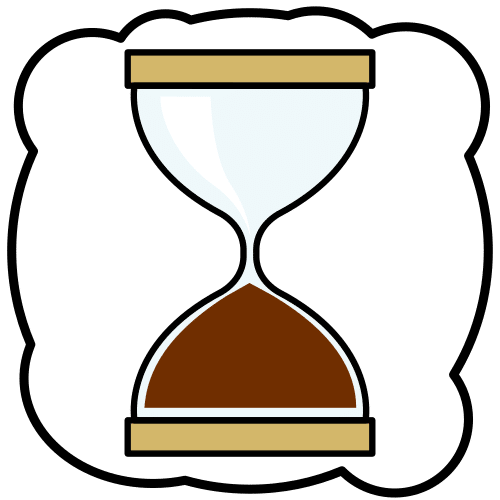 The verb tense tells you whether it is present, past or future.
The verb tense tells you whether it is present, past or future.| Going to future | Affirmative | Negative |
| I | I am going to reuse objects. | I’m not going to reuse objects. |
| He/she/it | He/she is going to reuse objects. | He/she is not going to reuse objects. |
| We/you/they | We/you/they are going to reuse objects. | We/you/they are not going to reuse objects. |
| Questions |
| Am I going to reuse objects? |
| Is he/she going to reuse objects? |
| Are we/you/they going to reuse objects? |
| Short answers | ||
| Yes, | I | am. |
| he, she, it | is. | |
| we, you, they | are. | |
| No, | I | am not. |
| he, she, it | is not / isn’t. | |
| we, you, they | are not / aren’t. | |
Click here to download or read the subtitles of this video
AFFIRMATIVE
Person + am/ is / are + going to + infinitive
Examples:
I am going to reuse objects.
She is going to reuse objects.
NEGATIVE
person + am / is / are + not + going to + infinitive
Example:
He is not going to reuse objects.
QUESTIONS
Am/ is / are + person + going to + infinitive
Examples:
Are you going to reuse objects?
Are they going to reuse objects?
ANSWERS
Affirmative answers: Yes + person + am /is / are
Example:
Yes, I am.
Negative answers: No + person + am / is / are + not
Example:
No, I’m not.
 Now, it’s time to practise what we learnt about “going to.”
Now, it’s time to practise what we learnt about “going to.”
So this is why we will express and ask for intentions about reusing.
.
Listen to the conversation.
Then decide whether the sentences are True or False.
Kate is asking John questions about his reusing intentions.
Kate: Hello, John.
John: Hi, Kate.
Kate: John, are you going to make a wallet with that tetrabrik?
John: No, I’m not. I’m going to make a game.
Kate: Ok. Is it going to be a board game?
John: Yes, it is. It’s going to be a tic tac toe game.
Kate: That’s a good idea. Are you going to reuse that carboard box?
John: Yes, I am. I’m going to play draughts.
Kate: Great. Are you going to paint the bottle caps?
John: No, I’m not. I’m going to use caps in different colours.
Kate: Perfect. And… are you going to reuse that T-shirt?
Jonh: Yes, I am. I’m going to make a shopping bag.
Kate: That’s a great idea. Are you going to reuse that tyre?
John: Yes, I am.
Kate: Interesting. Are you going to make a pair of sandals?
John: No, I’m not. I’m going to make a pouffe.
Kate: Thank you, John.
John: Goodbye.
True
False
False
False
True
True
False
False
Read the sentences and choose the correct word to fill the gaps.
Choose one answer per sentence.
Firstly, cut out the two pieces.
Secondly, cut out the part with the dashed lines.
Thirdly, put the wheel on the right on top of the other using a binder.
Finally, turn the wheel and ask the questions you get.
Click here to download the worksheet

Chance or luck that affects human destiny or futuro.
Ocasión o suerte que afecta al destino o futuro de la humanidad.
Example:
Fortune brings good students great marks.
La suerte trae grandes resultados a quienes estudian.

An item used for securing loose papers together.
Objeto para sujetar papeles sueltos.
Example:
Students use a binder to secure clock handles.
El alumnado utiliza encuadernadores para fijar las manillas de los relojes.

Definition:
A line which is made up of a number of dots.
Línea formada por una serie de trazos separados entre sí.
Example:
Dashed lines on the road allow you to overtake other vehícules.
Una línea discontinua en la carretera te permite adelantar a otros vehículos.
Licensed under the Creative Commons Attribution Non-commercial Share Alike License 4.0